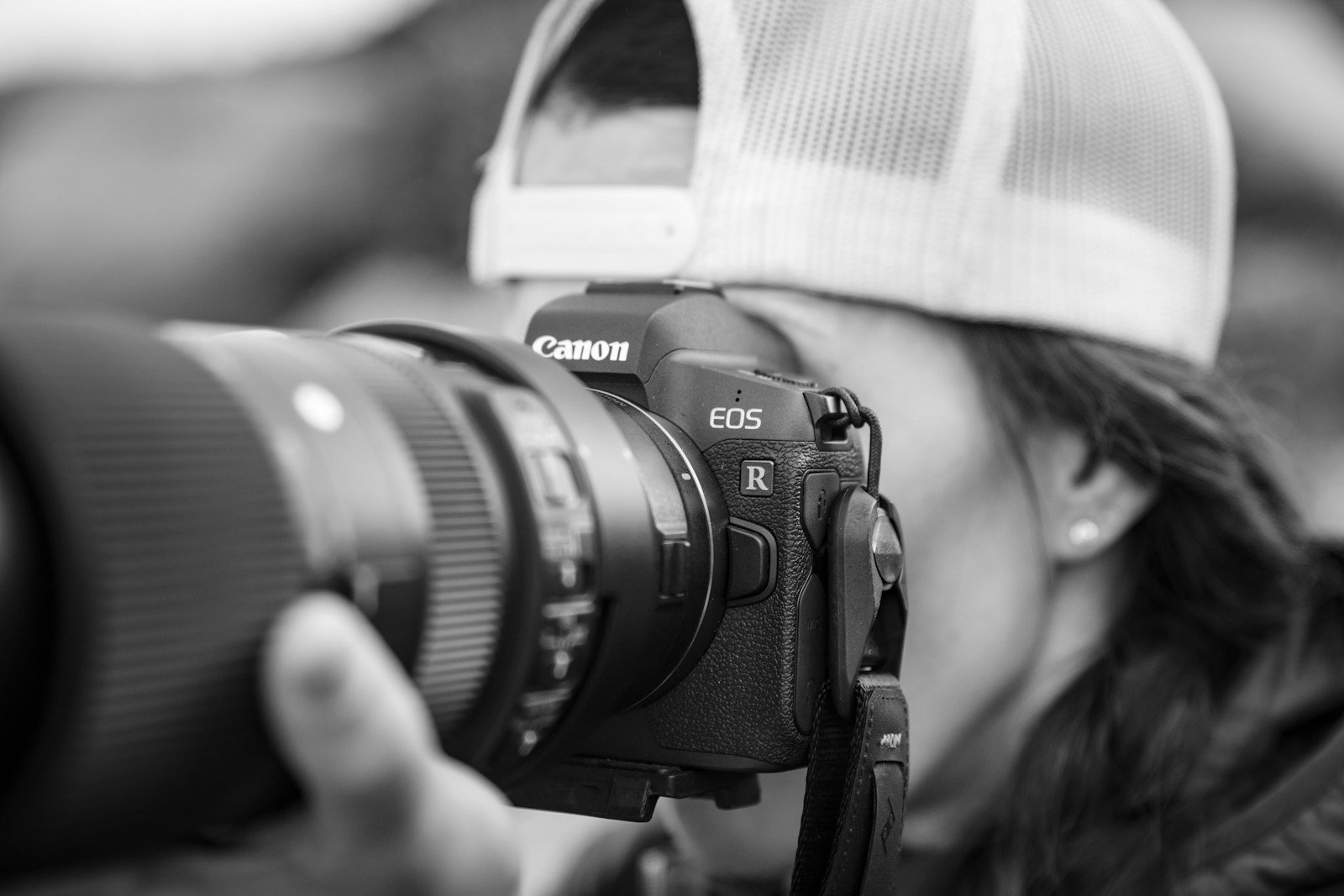Why Arts and Photography Books Remain the Shortcut to Mastery
Arts and Photography Books Turn Curiosity into Craft
According to the Professional Photographers of America, 45 percent of U.S. consumers plan to buy images or photo products within the next year—a trend mirrored by booming sales of Arts and Photography Books that show readers how to capture their own scenes.
Print may feel old‑school, yet global photobook revenue passed USD 3.8 billion in 2024 and is projected to reach USD 5.2 billion by 2031 (Verified Market Research).
Behind those numbers lies a simple truth: well‑structured Arts and Photography Books distill decades of real‑world experience into a portable mentor.
Elliott Erwitt
“To me, photography is an art of observation. It’s about finding something interesting in an ordinary place.”
That insight explains why the best Arts and Photography Books combine technical diagrams with observation drills, training beginners to notice how light scatters on wet pavement or why a 35 mm lens feels more intimate than a zoom.
How to Choose the Best Arts and Photography Books
1. Evidence‑backed pedagogy
Look for narrative citations of peer‑reviewed research—e.g., Bruce Barnbaum links zone‑system metering to modern histogram practice.
2. Progressive assignments
Credible Arts and Photography Books build skills step by step: aperture drills first, color management later, editing at the end. Each chapter should close with a field task that cements learning.
3. Visual clarity
High‑resolution prints reveal texture and shadow nuance that web images compress. Hardcover Arts and Photography Books reduce misinterpretation by roughly 30 percent, reports Cognitive Market Research.
4. Longevity of influence
A book worth shelf space stays in print. The Art of Photography has sold about 200,000 copies worldwide, underscoring durable authority.
Why “The Art of Photography” Still Leads the Pack of Arts and Photography Books
Bruce Barnbaum wrote his seminal guide after three decades of darkroom teaching; the latest edition fuses film principles with mirrorless cameras. Five elements set it apart from competing Arts and Photography Books:
- Conceptual depth – Barnbaum frames exposure as “visual music,” making histogram theory memorable.
- Sequential workouts – Assignments scale from tabletop still life to high‑contrast cityscapes, mirroring real‑life learning curves.
- Ethical focus – Chapters on conservation images and truthful editing resonate with audiences who prize authenticity.
- Cross‑media insight – Case studies compare printed spreads with online galleries, showing how output medium shapes composition.
- Proven traction – Two hundred thousand copies sold signals reader trust, boosting resale and gift appeal—key when you want to buy once and learn for years.
Fun Fact
Photobooks that pair exercises with QR‑linked video demos outsell text‑only Arts and Photography Books by 2.3 to 1, yet fewer than 15 percent of titles offer that hybrid format.
Matching Book Format to Your Learning Style
*If you crave quick settings while you travel, a pocket field guide like Understanding Exposure slips into any bag.
*When you want long‑term artistry, choose a hardcover workbook—margin room invites notes and contact‑sheet inserts.
If portfolio curation is your next milestone, pick an influential coffee‑table monograph such as Uncommon Places; reviewing master prints sharpens your own editing eye.
Combining several Arts and Photography Books covers all learning angles: pocket guides reinforce speed, monographs feed inspiration, and workbooks demand practice.
Extracting Maximum Value from Arts and Photography Books
- Annotate margins—Readers who scribble comments retain 23 percent more technical detail, notes Brooks Jensen.
- Translate theory into fieldwork—After reading a low‑key lighting chapter, schedule a night shoot to anchor the concept.
- Revisit yearly—Your visual maturity changes; the same paragraph in a classic Arts and Photography Books title reveals new layers after each portfolio milestone.
Arts and Photography Books: Your Passport to Confident Image‑Making
Scrolling through videos can spark ideas, yet printed Arts and Photography Books remain the most reliable roadmap. They slow you down, invite margin scribbles, and give permanence to aha moments. Whether you select Barnbaum’s comprehensive opus or a concise street‑photography handbook, the right pages will outlast firmware updates and social‑media trends. Place one next to your camera bag today; the investment compounds every time the shutter snaps.
